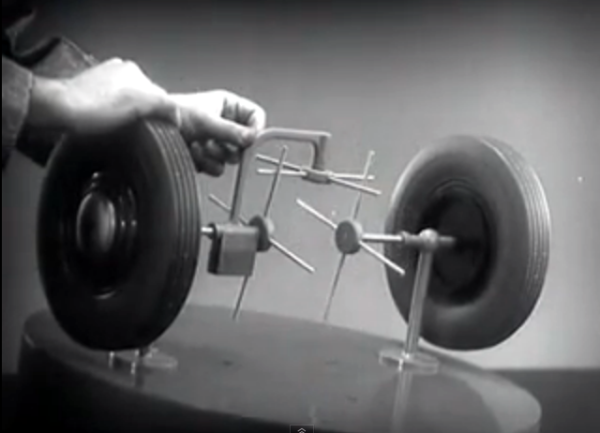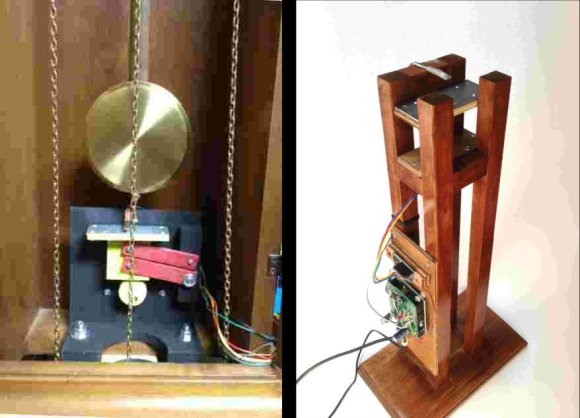
[Admiral Aaron Ravensdale], fine craftsman of steampunk wares, just finished up a new project. It’s a sketchbook protected by two layers of security, covered in gilded leather and drenched in the expositions of a [Jules Verne] novel.
The first layer of security for this sketchbook is a combination lock. On the cover are four switches, each with four positions. These are connected to a PICAXE microcontroller which goes to the next stage of the lock once the correct combination is entered.
The book’s security also includes a knock sensor. With a small piezo element hidden under the cover, [Ravensdale] deeds to tap the book with a specific pattern before it opens. The mechanical part is a small hobby servo also mounted to the cover that releases a pair of brass clasps once both locks are opened.
Like all of the [Admiral]’s builds, it’s a fine piece of craftsmanship, equally well suited to take on a holiday with the baron or to the opium dens of Ceylon.
You can check out [Admiral Ravensdale]’s demo of his sketchbook after the break.

















